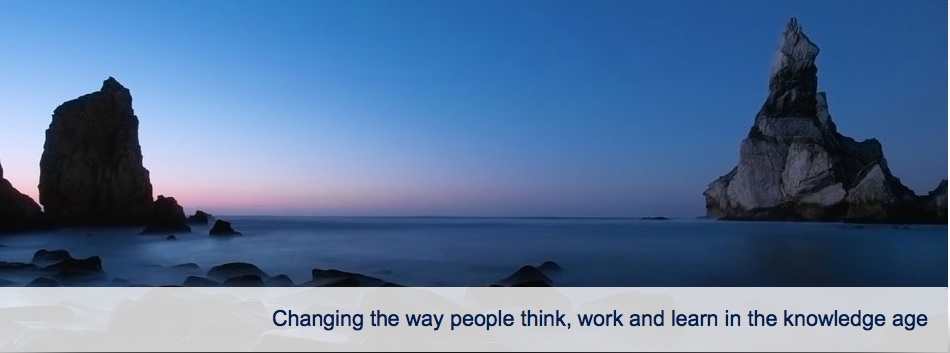Introduction to the Old Guitar
(click title to access episode)
Blake Melnick
Well, welcome to this week's episode of, for what it's worth. I'm your host Blake Melnick. And this is the launch of our new series called In the Company of Readers & Writers.
Who doesn't love a good story? Stories and myths are our lifeblood. They're fundamental to who we are. They're what define our experience as human beings, and they provide a glimpse into our past and our beliefs about what it means to be human. The very act of storytelling as part of human culture. Stories are and have always been a source of human knowledge at a given point in time. From the time we were children, stories serve as our moral compass, guiding us to our sense of what is good, what is evil, what is right, and what is wrong. They are the springboard to our imagination and fantasy worlds. Myths and legends help us make sense of the world and provide an explanation for the parts we fail to understand. They ground and comfort us, and in some cases protect us from the harsh and unfeeling realities of a world, which we cannot fully comprehend.
They belong to our history. They're part of our evolving culture to be preserved in order to truly understand and appreciate our past. Myths are not only important in understanding where we came from, they also play [00:02:00] a role in shaping our present as certain stories connect us deeply on a personal level that spans time and space.
They make us remember our connection to the collective energy and the deeper soul of the world, that brings us back to our core and connects us to our hearts and our inner most essence. By listening to, sharing and remembering old stories, a deep primal and ancient part of us is awakened. Whereas facts, talk to our mind stories, speak to our hearts.
We identify with them and realize that we all share a common ground. They have the power to encourage, to motivate, to educate and to heal. They can help us better understand and relate to one another in the world that we're all part of. The story is one of the basic tools invented by the human mind for the purpose of promoting universal understanding.
There have been no human societies that did not tell stories. [00:03:00] The famous Swiss psychiatrist and psychoanalyst, Carl Jung, who founded analytical psychology believed in the power of stories. He advanced the idea of the collective unconscious. That all human beings share a subconscious mind that stores the memories of all of us alive and dead.
According to Jung, we carry the memories of our ancestors in our subconscious, and we use this collective unconscious to assign structure and meaning to the world. This is all the result of stories passed along from one generation to the next. Stories make information, memorable. The purpose of myth is to help us make sense of the universe and our place within it.
Myths might be based on factual accounts of events, discoveries, and realizations, but more often than not, they are deeply metaphorical and filled with symbolic, meaning. They aren't literal accounts of truth, but stories with lots of hidden meaning, and to understand [00:04:00] them, you have to look beneath the surface and peel back the layers.
Myths and legends convey and reinforce customs and shared values. They often contain a profound truth that resonates with us, and this is why we come back to them time and again. The funny thing about myths and legends is that even in the face of irrefutable facts, to the contrary, they continue to persist unabated, and we carry the misconceptions in these myths with us throughout our lives.
Why do they persist? Well, part of the explanation lies with art. Artists use myth to explore the darker side of human nature. Myths, explore the full gamut of human emotion, love and lust, envy, and rage, rejection and loss, violence, and death, pride and insecurity, and every type of family relationship. We relate to the characters in them because their emotions, desires and struggles are our own.
They have in effect become part of our DNA. From the Midas touch to the Sisyphean task from Pandora's box to Achilles' heel characters from classical Greek and Roman mythology have become archetypes of our humanness. Their stories are continually retold in paintings, sculpture, literature plays... and in music. There is one such myth that has captured the imagination of musicians, conscientious music, listeners, and historians for decades.
It's an old tale that continues to grow in proportion, reaching out to touch the lives and deaths of musicians even today. It is a legend with roots, which reach back to the origins of the deep south. Encompassed in an individual whose life is shrouded in mystery and devoid of tangible facts, making it difficult for us to disregard the legend for fear that it might actually be true.
Join us for the prologue to our first story called, "The Old Guitar" on the next instalment of, "In the Company of Readers & Writers.... for what it's worth.




.png)